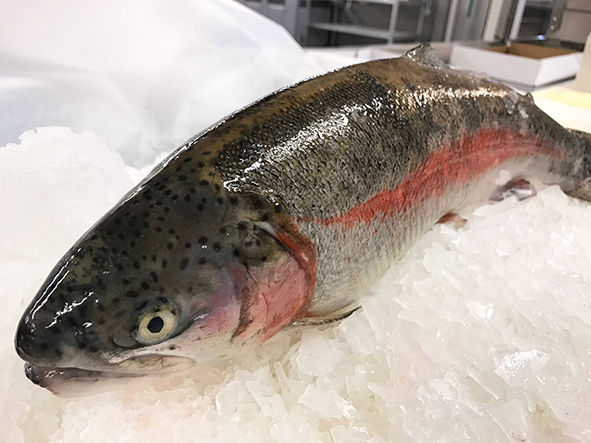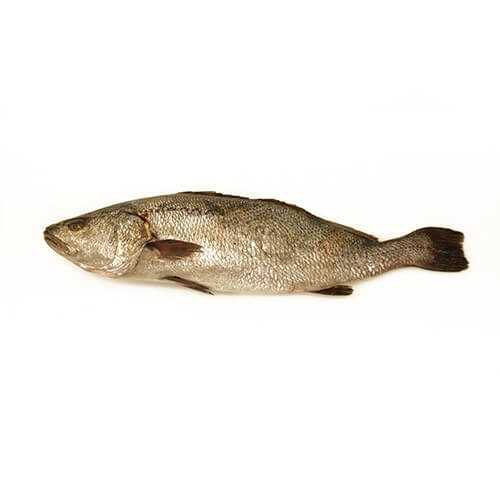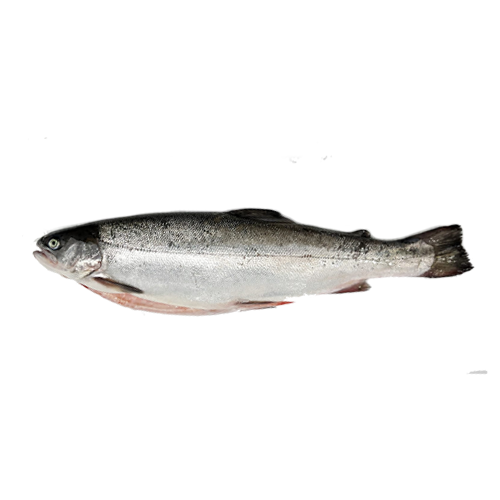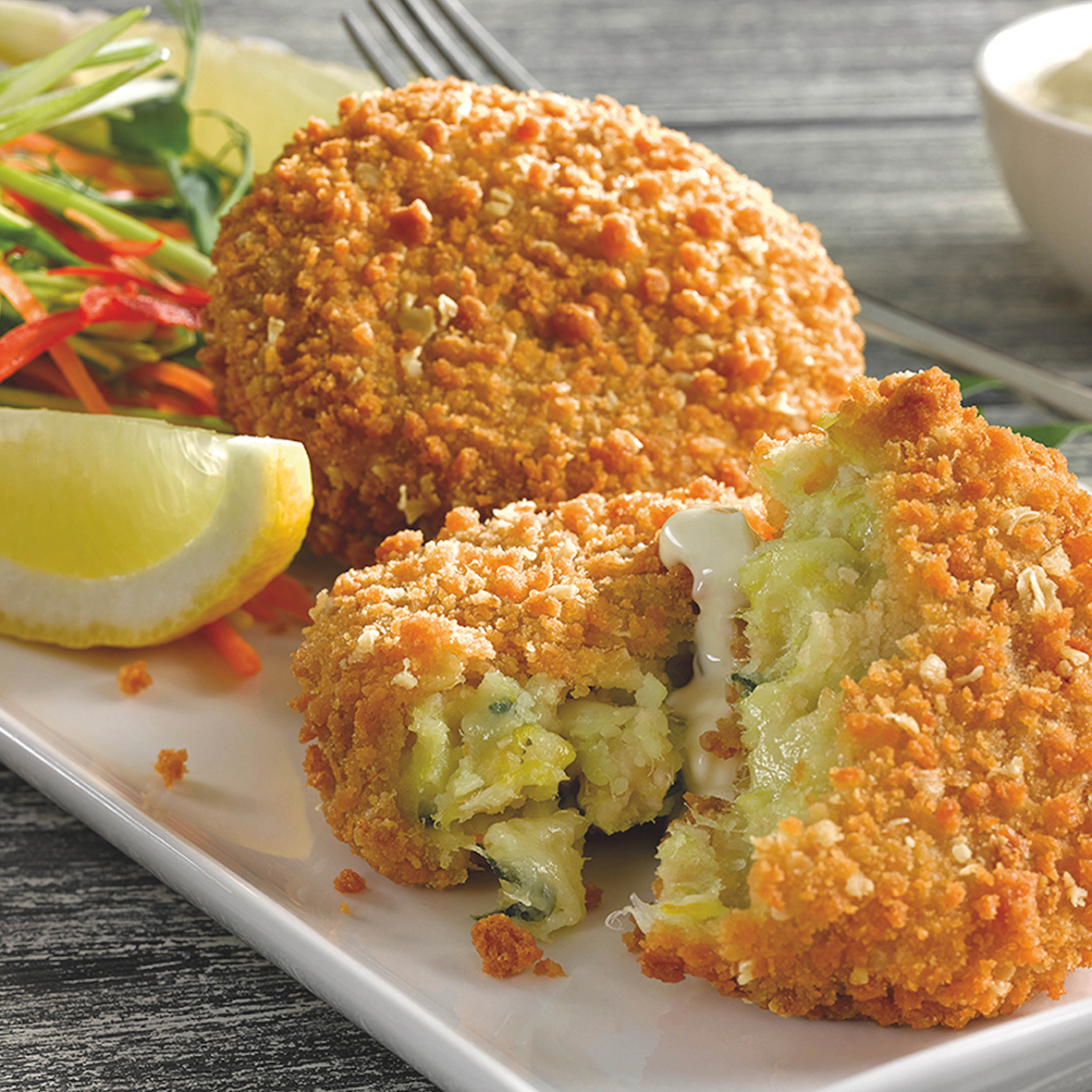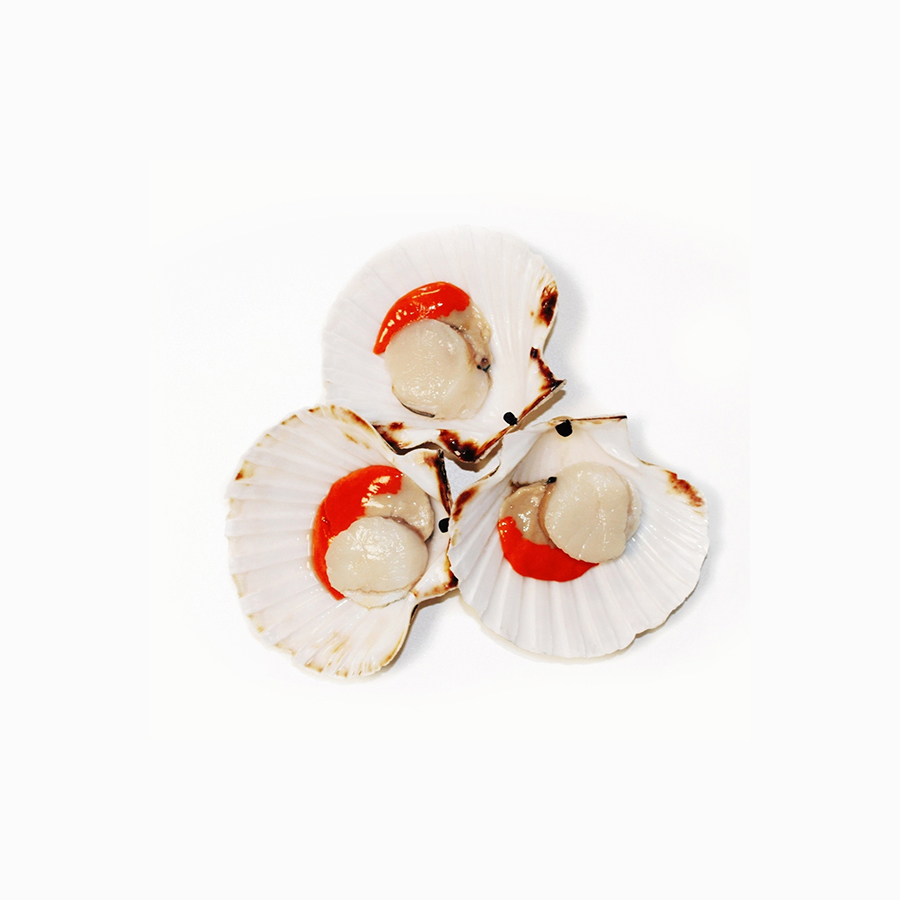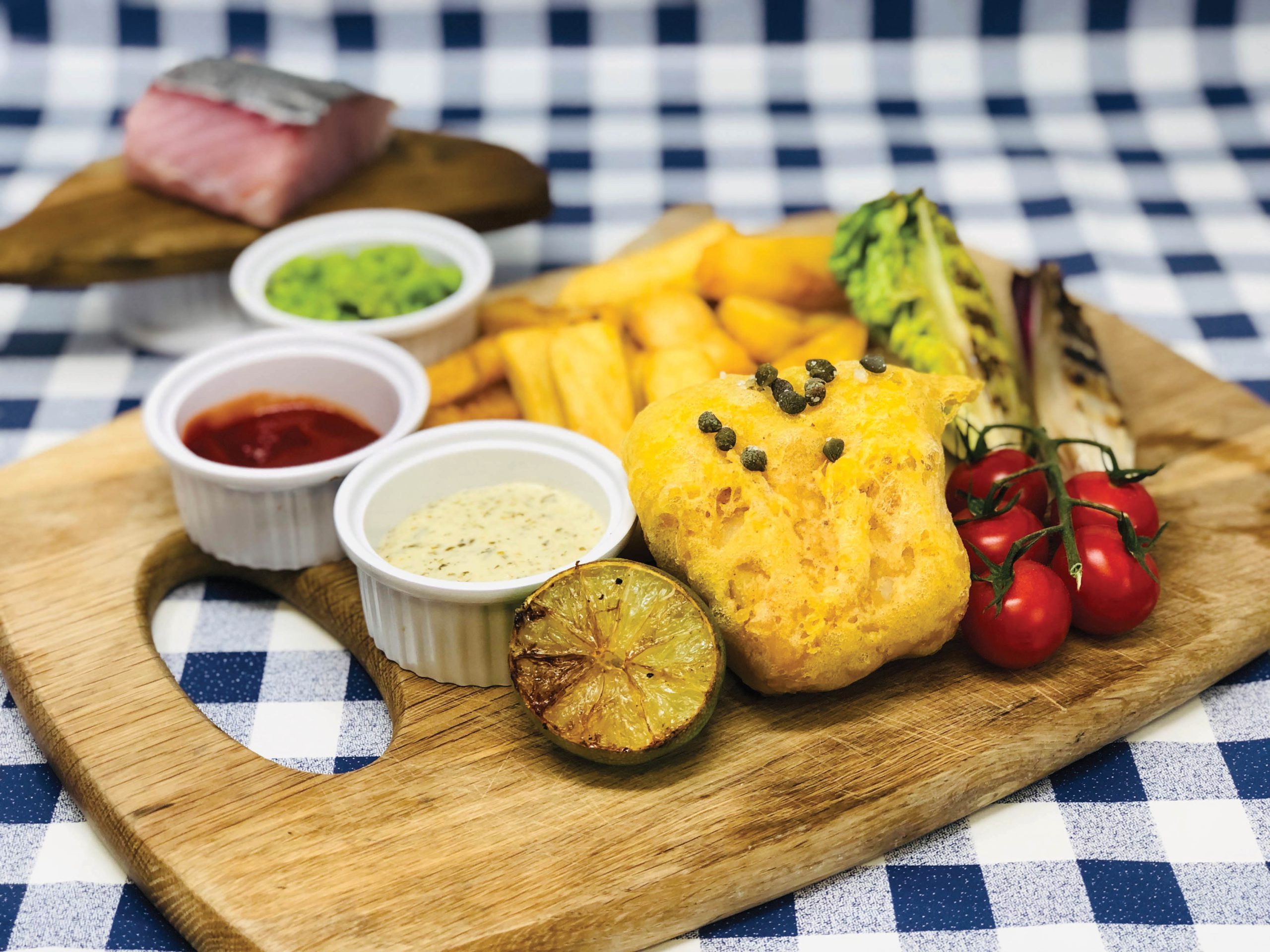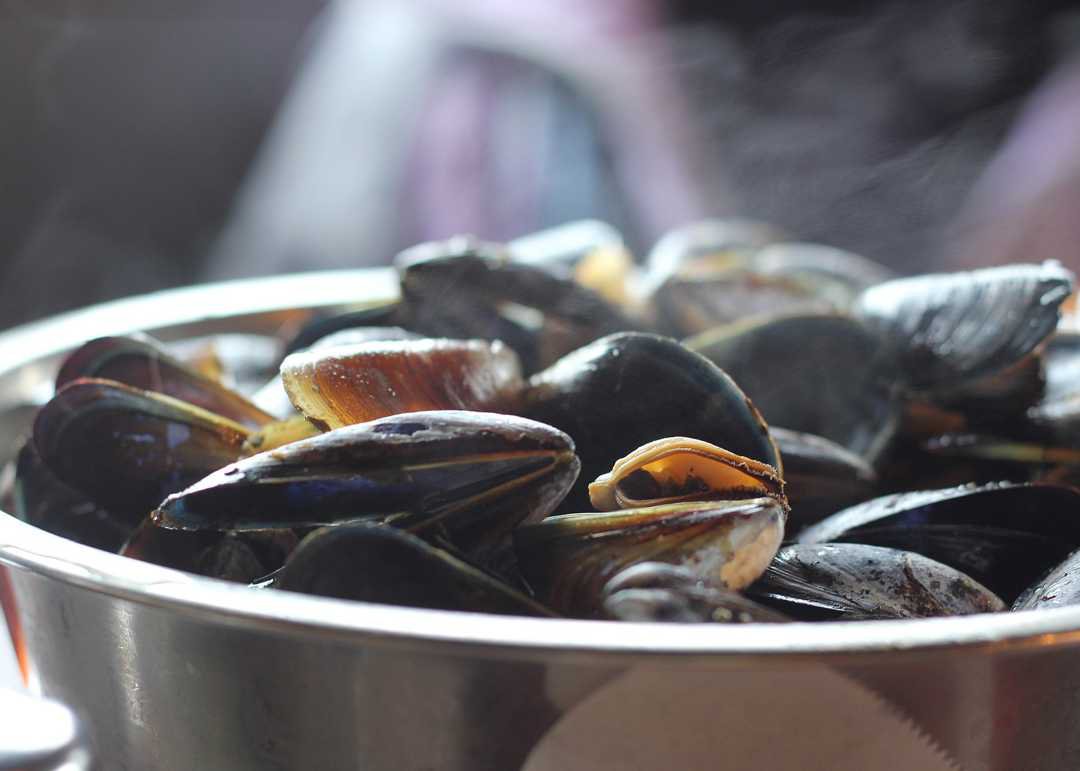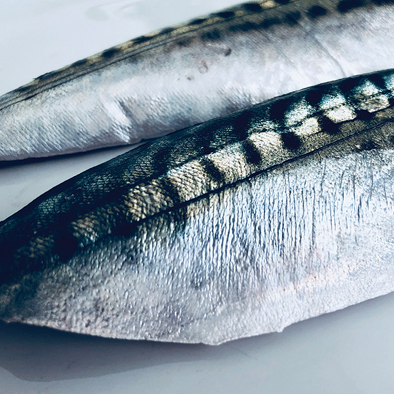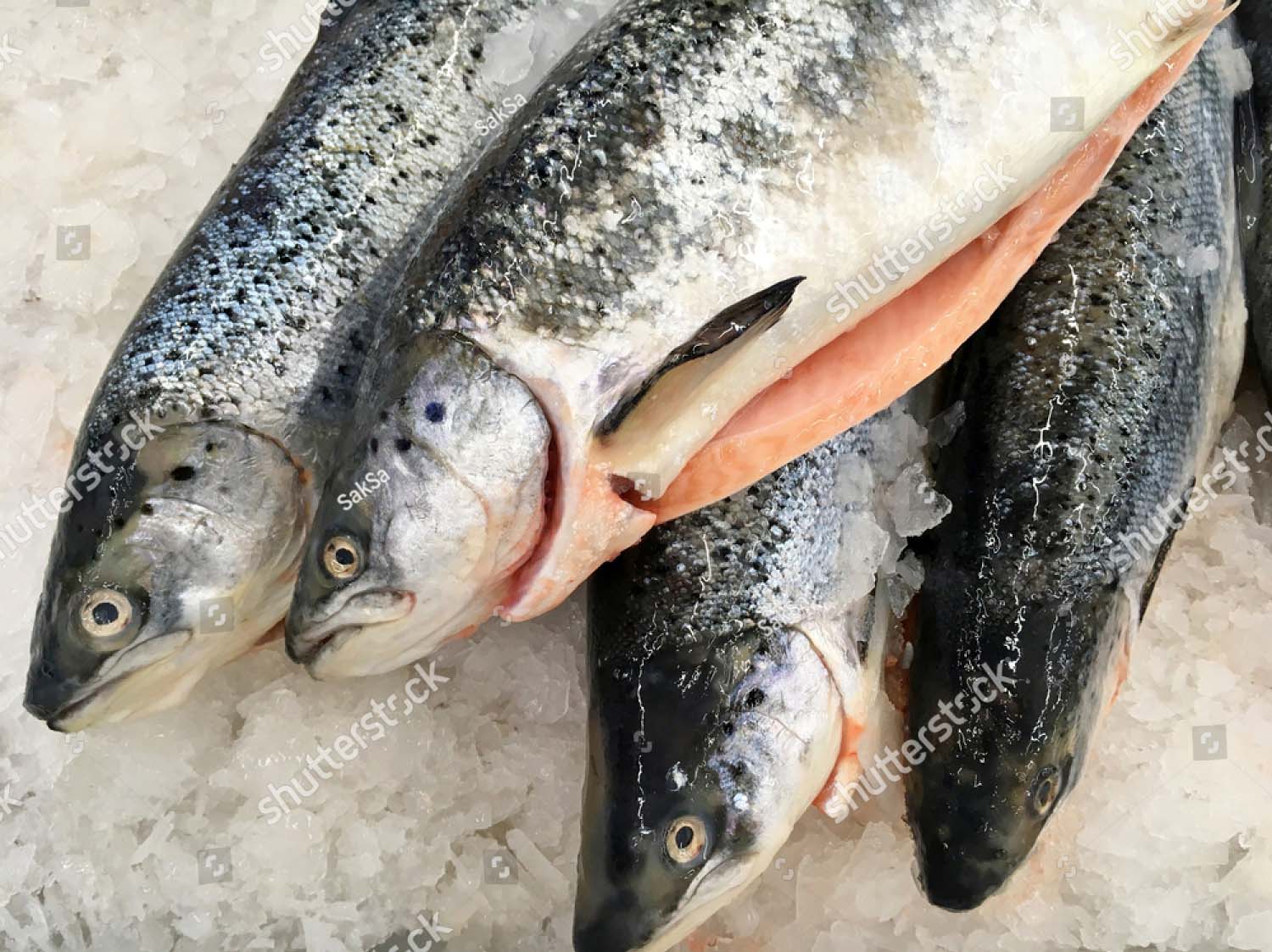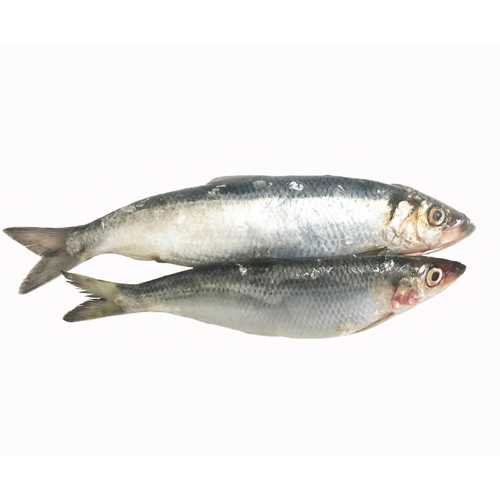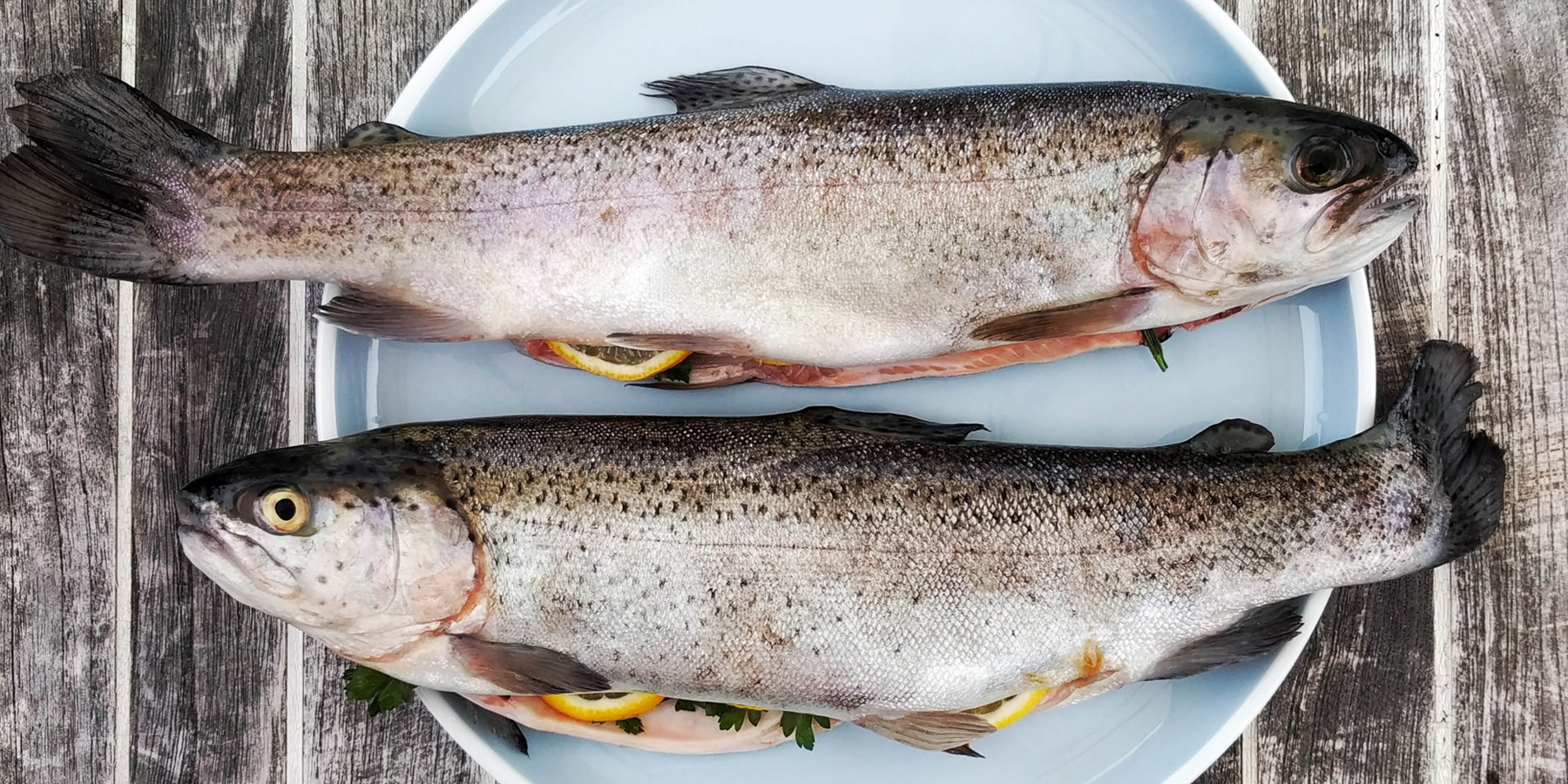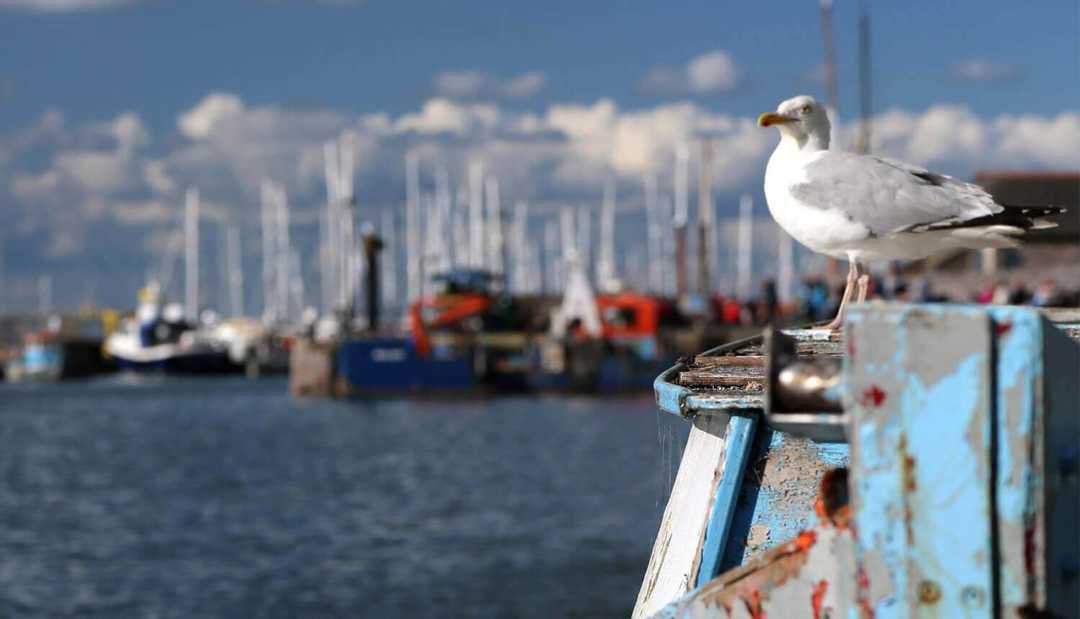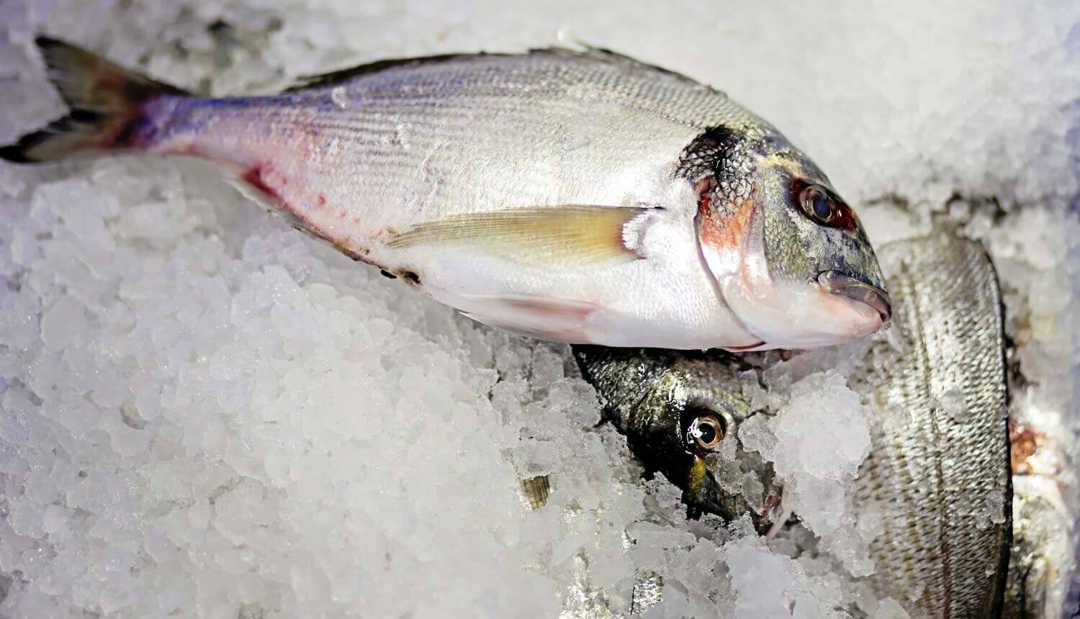Welcome to the winter 2023 newsletter, which aims to cover the December to February period for the supply of fresh and frozen fish and seafood. As opposed to the autumn catch up, this is my LEAST favourite calendar quarter to write about as we see so much volatility in so many species and my crystal ball is not 100% reliable when trying to predict where prices are going to go! What we do know is that fishing effort will reduce as we get nearer the end of December and will not resume in full until the middle of January. We also know that salmon farmers historically put prices up during December and into January as harvest volumes reduce. Therefore, the key message would be to inform us of your wild fish requirements as far in advance of Christmas and New Year as you can, and look at alternative products to salmon for the New Year if you want to avoid price increases. Be open to the idea of using frozen lines to aid order fulfilment – particularly if we experience adverse weather. Finally – never name the species used in your fish and chips so that you can always use the best quality and most cost effective white fish that week! At least, with colder water, most species should be in their prime with only some flat fish species deteriorating as they go into their spawning seasons.
The Marine Conservation Society (MCS) have undertaken their winter ratings review, and we have some key changes to share with you from that review. Thanks to our director of sustainability, Laky Zervudachi, for detailing the changes.
Improvers
• Meagre has improved to a 2 rating for our Global GAP certified fish. The MCS were under the impression that there was not much demand for it in the UK and were going to delist from their guide until Laky pointed out just how important it is to foodservice these days. Thanks Laky!
• ASC certified farmed salmon has now improved to a 2 rating. ASC fish does fetch a premium against fish that do not carry the certification, but it is great news for customers who want to improve the amount of green rated species on their menus without having to pay the more extortionate premium carried by organic fish.
• Brill stocks seem to be improving! Inshore fisheries move to a 3 rating in the West Country, whilst otter trawled and gill netted fish in the North Sea achieve a 2 rating. Beam trawled fish do remain at a 3 in the North Sea. This great prime quality flat fish should appear on more menus.
• Coley disappointingly fell to a 4 rating last year, so it is great to see that stocks in the North Sea are growing again, and that there is increased biomass in the sea with fishing well within sustainable limits. Most fisheries are now 2 rated and will certainly be so from our local Scottish MSC fishery. A great species to highlight to chefs as a tasty value alternative to some of our other white fish species.
• Wild Bass from trawled and netted fisheries are now 3 rated, the same as line caught. There is cautious optimism regarding stock improvement down in the West Country (Scottish and French bass remain red rated). This is largely due to implemented rigorous management measures – such as catch limits and closed seasons.
• Red mullet has gone from a 5 – fish to avoid – to a 3. Despite overall fishing pressure being slightly above sustainable levels, the red mullet stock appears to be robust in the Channel and North Sea. Though there is no actual TAC (total allowable Catch) in place, there are other management plans working to help improve stock levels.
Negatives
• Pollack is now a default red 5 rating down from the previous 3 rating (not to be confused with the separate species – Alaskan pollock). Pollack was once the favourite substitute for cod, and star of many top chef’s recommendations as a sustainable alternative white fish. A new recent stock assessment indicates that the stock is now below sustainable levels and zero catch is advised. As there is no precautionary recovery plan in place, this results in a critical fail for stock, so many chefs will need to delist this species for now.
• North Sea cold-water prawns are now 5 rated from specific areas. Some care will need to be taken when sourcing as those caught in FAO 27, 3a and 4a (even the MSC certified stock) will now be rated 5. The prawn population in this region is depleted, and fishing pressure is now considered above sustainable limits. There are some management plans in place to ensure that stocks are allowed to recover, but until there is relevant data to indicate that this has happened they will remain at 5 rated.
• Illex squid is now a 5 rating adding to the list of red rated squid species due to lack of appropriate management measures in place. This is Argentine shortfin squid, which is caught in international waters. Most of the squid from Chinese producers will be coming from the Chinese fishing fleet – where unregulated fishing in these waters is of significant concern. This fishery is responsible for around half of the catches of this species, and threatens the sustainability of the stock.
• Cod that is trawl caught from Iceland and Norway has been downgraded to a 3 and 4 respectively. In the case of Iceland, this is due to a lack of management plans specifically in place to reduce the by catch of redfish and wolfish which are both at historic low levels. In the case of Norway, the new rating is due to lower stock levels combined with the fact that the management plans have not reduced catch level recommendations.
• Dover soles that have been caught by beam trawls in the Irish Sea have moved from a 3 rating to an automatic 5 rating, as there is significant concern for the stock level. Fishing is taking place outside safe biological limits in spite of scientific advice that there should be zero catch. Furthermore, there are currently no management plans in place to improve the fishery.
• Plaice caught by beam and otter trawl fisheries in the Eastern Channel have been downgraded to a 5 and 4 respectively. This is due, in the main, to concern that the fishing pressure on this stock has been too high and that there is no effective management plan in place to help improve the stock level.
I think most of us in the hospitality industry will agree that we have not been seeing trade at levels that we would like in the autumn, and all are hopeful that business will pick up as we reach the all-important festive period. This does not bode well for January and February in the ongoing cost of living crisis, so watch out for our daily specials and promotions to help you weather the storm. We are working closely with our amazing suppliers to bring you ideas and solutions for your menus, so make sure you talk to your account managers about the wonderful and diverse range that we have to offer – something
Natalie Hudd, Director of Sales, Direct Seafoods.


